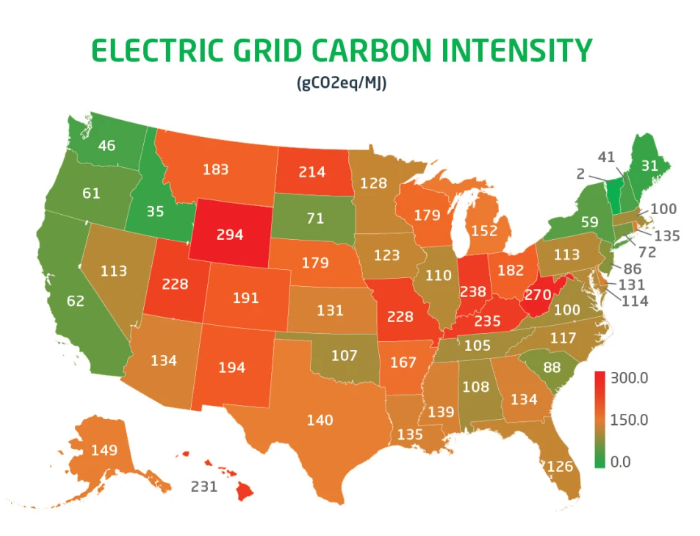Renewable Propane – The Future of Renewable Energy
The potential for propane as a renewable energy source is now coming to the forefront, after being a reliable source of energy for homes and businesses for a long time. As we move towards a more sustainable energy future, propane will play a crucial role.
Propane is an increasingly important part of the energy mix as demand for renewable energy continues to grow. This is particularly true in rural areas where access to other renewable energy sources may be limited.
One of the most promising areas for the use of propane as a renewable energy source is in the production of biopropane, also known as renewable propane. Renewable propane is created from renewable sources such as biomass and waste products. This makes it a truly sustainable energy source, with the potential to replace conventional propane in various applications. Renewable propane is a drop-in fuel. This means that it has the same molecular make up as conventional propane and can be used in all applications where conventional propane is traditionally used. There is no need to upfit or change equipment that currently runs on propane, as renewable propane can be used seamlessly.
Advantages of Propane
Versatility is one of the main advantages of propane.. It is used for heating and cooking, as well as powering vehicles and generators, making it capable of replacing fossil fuels in a variety of different applications.
Propane is also a clean-burning fuel, producing fewer emissions than gasoline or diesel , which makes it a more environmentally-friendly choice for powering vehicles and generators, and can help to reduce air pollution in urban areas. Renewable propane also has a lower carbon intensity score in 49 states than the electric grid, as seen below.


Source: PERC
While renewable propane has a lower carbon intensity than many other sources of energy, the exact carbon intensity of renewable propane is dependent on the type of feedstock used.
This graph shows the carbon intensity of renewable propane made from domestic, non-rendered, used cooking oil, compared to other energy sources.

Source: PERC
Additionally, propane is a cost-effective energy source, which makes it the perfect choice for reducing energy costs for homes and businesses. The Renewable Propane Alliance states that, compared to an electric water heater, a propane water heater will cost 30% less while producing 2.5 times more hot water.
Advancements in Renewable Fuel Production
Several companies are already working on the production of renewable propane, and it is expected to become more widely available in the next few years. This will help to further reduce our dependence on fossil fuels and move us towards a more sustainable energy future. One such company is Alkcon Corp., based out of Nevada. The CEO, Lauren Scott, stated in an interview with LP Gas Magazine that “Nearly 50 percent of this methane otherwise released to the atmosphere could be captured and monetized, thus slowing climate change while creating a revenue stream for entrepreneurs in remote areas.”
Some other companies that are working on creating renewable fuel include GCE Holdings and Oberon Fuels.
GCE Holdings
Global Clean Energy (GCE) Holdings is a company based out of Bakersfield, CA that is working on developing a scalable fuel made from camelina sativa. This will be one of the lowest carbon intensity fuels around, as well as the only highly scalable renewable fuel that would meet the California’s Low Carbon Fuel Standard as well as the federal standards for low carbon emissions. This is a renewable diesel product that has the same chemical composition as petroleum-based diesel, however it has more than 80% less carbon emissions. The benefits of using camelina sativa are that this multipurpose oilseed crop can grow in desolate areas with limited rainfall and can tolerate cold weather, which allows it to not displace food crops. Through this, GCE is at the forefront of mitigating the effects of climate change without causing an increase in food scarcity and cost.
Oberon Fuels
Oberon Fuels is producing an rDME™ (renewable Dimethyl Ether) which can be used as a blender with conventional propane to decrease carbon intensity. In addition to containing genuine renewable content when mixing the rDME™ with conventional liquid propane gas, it makes for a fuel that is up to 60% lower carbon intensity than a regular DME created from fossil fuel starting points. The rDME™ is created from renewable sources such as organic wastes and biogas. According to Oberon Fuels, their rDME™ is highly efficient, cost-effective and convenient. They have built and operate the world’s first commercial-scale production plant for renewable DME, and are expecting to build two additional larger plants in 2025.
Propane has a bright future as a renewable energy source. Its versatility, cost-effectiveness, and environmental benefits make it an attractive option for homes and businesses alike. As we continue to transition towards a more sustainable energy future, propane will be playing a key role in this transition.
To learn more about renewable propane and what it is, click here.
Learn about common myths and misunderstandings about propane as a clean energy source here.
Read about how renewable propane can be scaled here.
Sources:
GCE Holdings: https://www.gceholdings.com/
LP Gas Magazine: https://www.lpgasmagazine.com/expanding-propanes-portfolio-with-biopropane-technology/
Oberon Fuels: https://www.oberonfuels.com/
PERC: https://propane.com/about-propane/renewable-propane/
Renewable Propane Gas: https://www.renewablepropanegas.com/americas-future-energy-solution/
Printable version of our DLE Summer Propane Press
